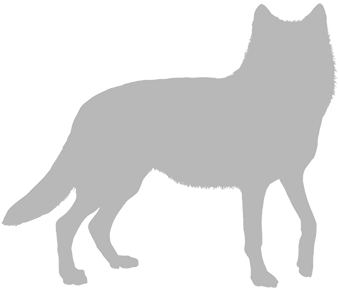Against animals exploitation in Circuses

10 Reasons Not to Attend an Animal Circus
1. It’s not only elephants who suffer in the circus. Tigers, lions, camels, and other animals endure the rigors of transport, training, and performances, too.
2. Many animals used in circuses are bred in captivity and will spend their entire lives in close contact with humans in an unnatural, stressful environment.
3. Big cats learn to obey commands because they’re afraid of being whipped.
4. Elephants are frequently beaten with bullhooks—heavy batons with a sharp metal hook on one end—sometimes until they bleed, in order to force them to perform dangerous, uncomfortable tricks, such as standing on their head or on a small pedestal.
5. When not training or performing, animals are kept chained or caged, with barely enough space to take a step in any direction.
6. While they’re being hauled around the country from venue to venue, animals may be crammed into tractor trailers for days on end. These trucks are usually cramped, filthy, sweltering, and poorly ventilated.
7. Animals in circuses become despondent and depressed, and most develop abnormal behavior patterns, including swaying, head-bobbing, and incessant pacing. Sometimes, they even harm themselves.
8. They’re denied everything that gives their lives meaning, such as the opportunity to run, play, or socialize.
9. Animals have snapped when they became overwhelmed by the stress of circus life, going on rampages and causing property damage and even human deaths and injuries. The animals often pay for this with their lives.
10. There are so many entertaining circuses that don’t exploit animals.
